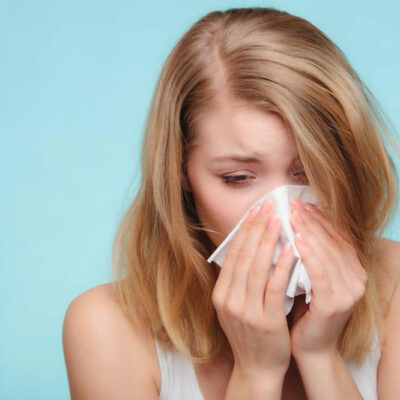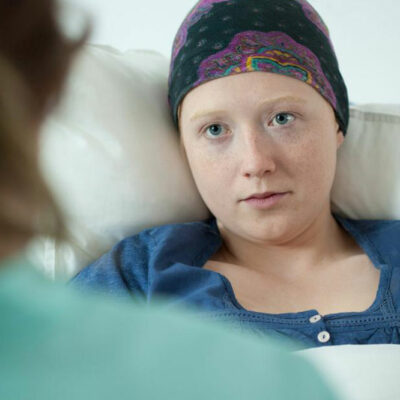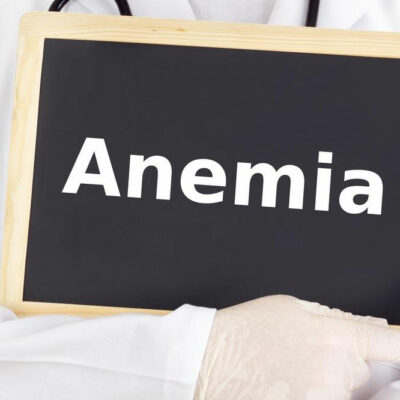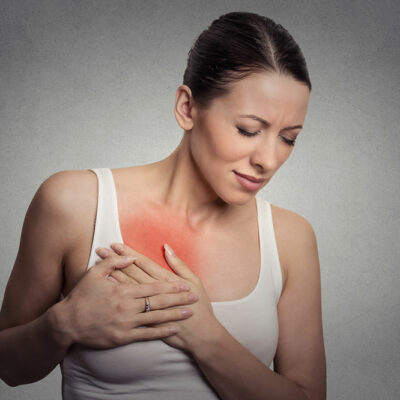
Health
Tips to Prevent the Cold and Flu
It’s common for an average adult to catch a cold or flu 3-4 times a year and children are twice as likely to develop them. A cold lasts for about a week and the flu lasts longer but is less common as compared to the cold. This basically means, having to struggle through work or school with nearly zero productivity. The best way to curb the chances of developing a cold or flu is to prevent it. If you hate being unwell and missing time at work to illness instead of a holiday, dive right in for tips to prevent cold and flu. Avoid People Down with a Cold While we already know this, it’s best to not shake hands, share food, or even share the same ride with people who have a cold. Also, be considerate to keep distance if you’re coming down with a cold or fever. Staying at home is very important and so is maintaining a safe distance when outside. Wash Your Hands Frequently Cold and flu spread easily through the aerosol droplets released from coughing or sneezing, and your hands are the only body parts that can touch your nose and mouth through which you may cause the infection to spread.
Read More 















